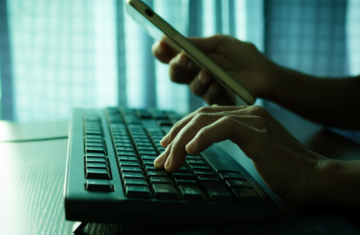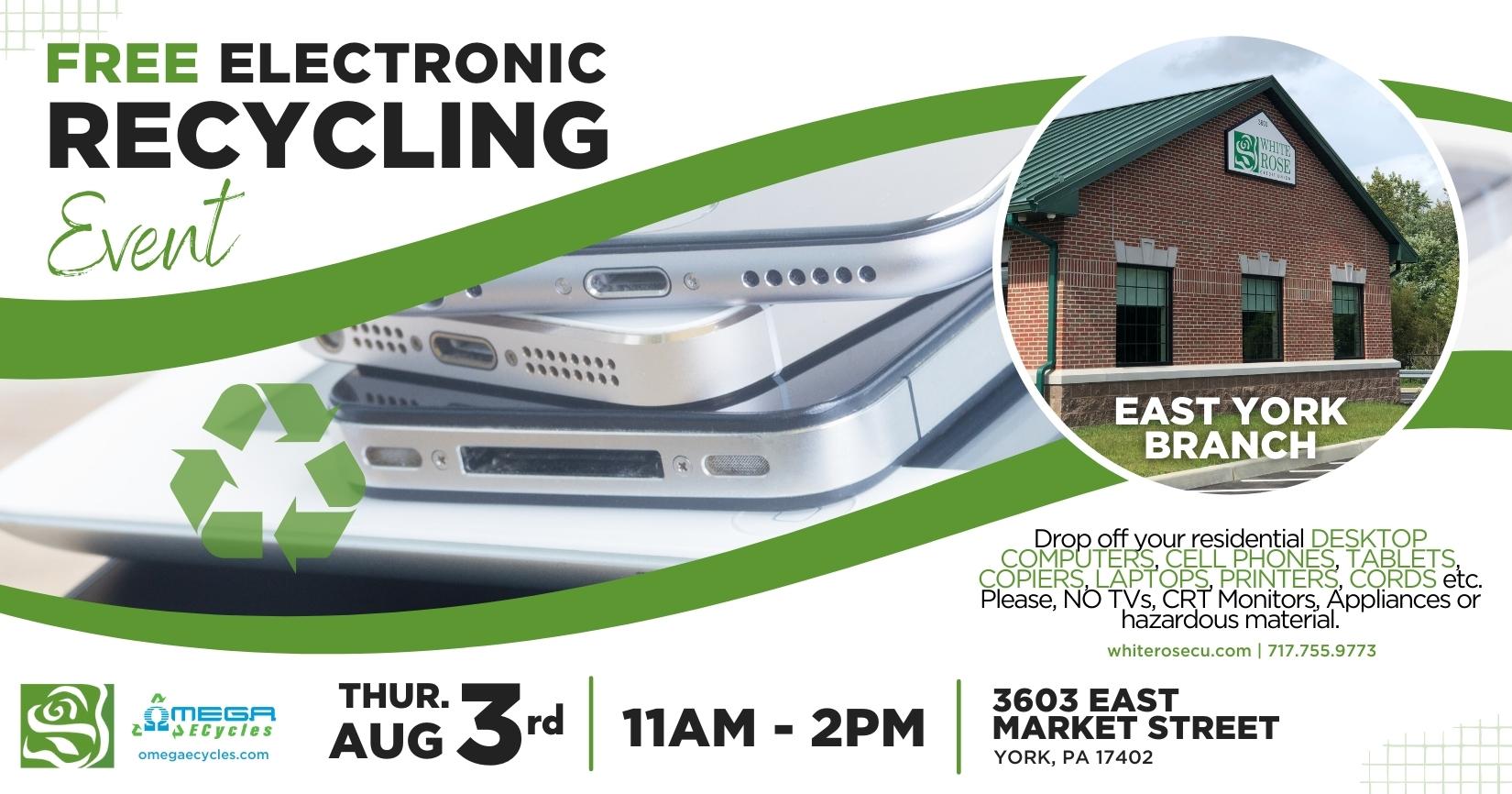Are you planning to move to rental housing soon, possibly for the first time? Do your homework, or you could find yourself stuck with a long lease to a dilapidated place.
When you find the apartment of your dreams, get a copy of the lease and read it carefully. If you know an experienced renter, ask him or her to review it with you to spot potential problems. Look at:
- The security deposit amount (typically one or two months’ rent), and under what circumstances the landlord can keep all or part of it;
- Whether you’ll pay for heat and electricity;
- The type of heat (usually gas is cheaper than electric);
- Whether you’ll pay for water;
- If you have a pet, whether it’s OK and if there’s a separate pet security deposit;
- If there are no window coverings, whether you need to supply them;
- Whether any late payment fees are reasonable;
- The amount of notice a landlord must give before entering the dwelling.
Once you’re satisfied with the lease—but before you sign it—conduct a thorough inspection of the apartment. Walk through with your landlord or property manager, and use a checklist to record the unit’s condition. Make sure everything works—appliances, water pressure, drains—and that carpets, walls, floors, outlets, fixtures, windows, and other items are in good shape. Note any problems in detail, and then you and your landlord should sign the checklist and keep copies.
You also may want to use video or photos to document the unit’s condition. Date-stamp the photos or videos to show when they were produced and send your landlord copies immediately. Then when you move out, your landlord won’t be able to claim you caused the damage and make deductions from your security deposit.









